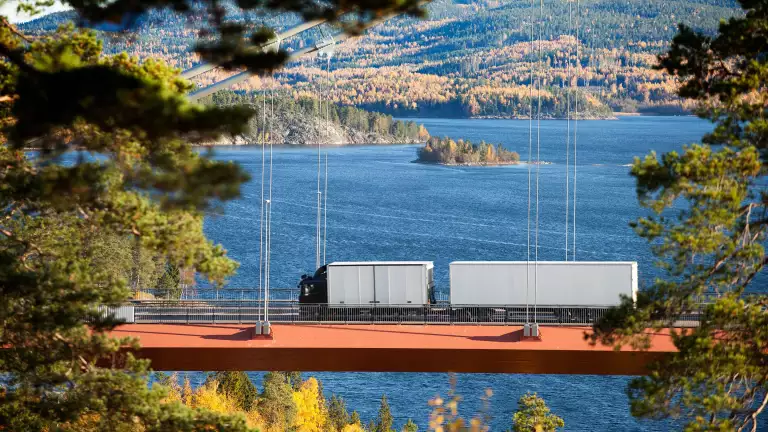From the roads, bridges, and railways that enable our daily commutes to the complex supply chains that power our industries, land transport infrastructure (LTI) builds the backbone of our society and economy. LTI is a highly complex network that transports passengers and goods via roads and tracks, including those used by rail, subway, and trams. This network is vital—in G20 countries alone, it transports over 94 billion passenger-kilometers and 66 billion ton-kilometers each day.
However, LTI is highly exposed to changing climate conditions and climate-related hazards, with the potential for physical damage and connectivity disruptions. This, in turn, can cascade into negative impacts on society, economies, and the environment. The world must acknowledge the serious threats LTI faces from climate change—and take immediate action to enhance its adaptation & resilience (A&R). Protecting LTI networks and operations is about ensuring not only the resilience of the infrastructure itself but also that of the economy and society as a whole.
The United Nations High-Level Climate Champions and Boston Consulting Group (BCG) joined forces this year to assess current efforts, develop a framework for collaborative action, and identify global priority topics. The resulting report has been informed by more than 20 interviews with relevant public and private stakeholders and will serve as a discussion basis for COP28.
The Scope of the Challenge
Rising climate hazards and the importance of LTI present a compelling mandate for A&R investment. However, the gap between current finance flows and those needed is considerable, with delays magnifying costs by 15% to 45%, including asset damage as well as economic and societal impacts such as GDP loss.
Apart from the significant finance gap, A&R projects face numerous complexities that must be considered for successful project delivery. Industry constraints such as capacity, for example, hinder A&R implementation at scale. Furthermore, delivery of infrastructure projects is complex and time-consuming, which means highly effective planning—with an eye toward the long term—is essential. The critical importance of A&R efforts—compounded by the urgency of timelines—compels immediate action.
The Way Forward
Due to the magnitude of the challenges, action requires proper coordination. A&R planning must be done in an integrated manner that takes an overarching and whole network view; moreover, the integrated approach must be embedded along the LTI life cycle and translated into a pipeline of local projects.
Best-practice case studies prove the efficacy of integrated A&R planning, compelling eight immediate actions around setting global standards and targets, advancing finance flows, and establishing an environment conducive to A&R efforts. Collaboration is essential, and thus platforms such as the Sharm-El-Sheikh Adaptation Agenda are vital. With concerted global efforts, significant progress can be made toward LTI A&R. Integrated planning can drive the adoption of new technologies, designs, and materials to ensure the strength of LTI and thus enhance the resilience of our society and economy.






